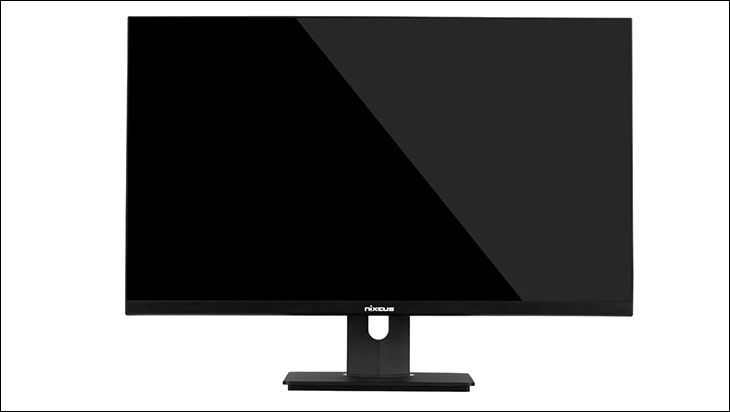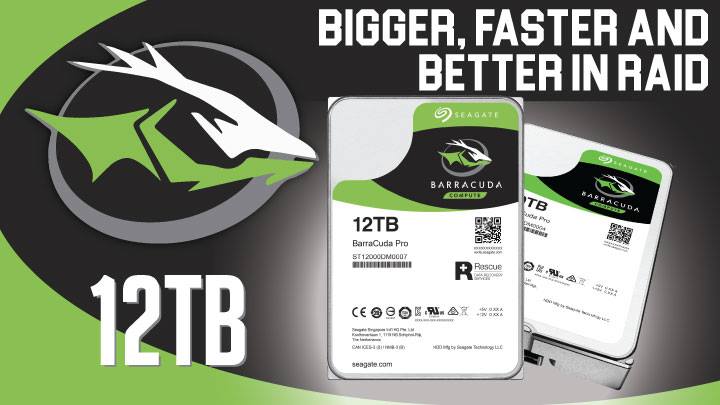
If we were to sum up our gaming experiences with the EDG27X it would be “buttery smooth with a few caveats”. Overall though, the EDG27X offers a better and more enjoyable gaming experience than the EDG27v2. More importantly, it does not matter if you have an expensive video card capable of hitting a consist 165Hz at ‘2k’ resolutions or not. Thus, nearly all gaming enthusiasts will find it better than one would expect from a relatively inexpensive monitor. Better enough to relegate their existing EDG27v2 to ‘second monitor’ status and upgrade to the EDG27X.
Some of these improvements are due to the increased refresh rate, some of it has to do with the (once again) included variable overdrive, some is to do that beautifully wide color gamut… and some of it is because of the increased speed / decreased latency of the monitor. Typically, few who have not used a high refresh monitor care about the increased frame rates the EDG27X offers… as it is not like the EDG27v2 was/is “60Hz slow”. That is a shame as it can make for a more immersive gaming experience.

Of course, everyone is different when it comes to spotting artifacts. Some will still see some “ghosts” no matter how fast the panel is. Some will never notice it no matter the refresh rate. Most will fall somewhere in-between these two extremes. The chances of you falling in the ‘butter zone’ with KSF based monitors is greatly increased if the monitor offers both a high as possible refresh rate with precise adjustment to the overdrive and does so without using strobing / Ultra Low Motion Blur / etc.
That is the what the EDG27X offers and to be blunt we would never… ever buy a KSF led based monitor that did not offer such a combination. With that said, and the fly in the ointment, is the ‘perfect’ overdrive setting may, can, and will vary from game to game. Some games are easier to drive to 165Hz. Some are not. It really will come down to what games you play and what you find to be the best… as what works at say 30Hz may not work all that well at 165 – and vice versa. In all likelihood, you will have to… pardon the pun… ‘play’ with the OD setting to get it a setting that works for all the games you enjoy. This may mean you end up with a tiny bit in some to all of them, but none of them look like a relative dumpster fire. That is the first caveat we have to mention.
Moving on. With modern games and typical GPU horsepower levels Variable Refresh Rate sometimes turns off and Low Frame Rate (aka ‘LFC’ aaka displaying the same frame multiple times before ‘really’ being refreshed) compensation has to kick in. This is much less likely to happen when the VRR range is a full 30-165Hz like it is on the EDG27X… but sometimes things still go south. Especially if you have Ray Tracing enabled in a fast paced first person shooter. When LFC kicks in there are chances of LFC collisions occurring.

An LFC collision is where LFC is telling the video card to repeat a frame, as it thought the frame rate was going to be too low for a new frame to be drawn in time, but the GPU actually was able to draw a new frame (for example ‘you’ just hit a higher frame rate portion of the game environment). When this happens, the GPU has to wait for the panel to finish its cycle before actually pushing out that previously completed frame (as otherwise you would get screen tearing with part of the screen showing the doubled frame and the rest showing the actually ‘new’ frame). When the cycle is done the ‘new’… but now out of date frame is drawn and the GPU moves on to the next frame. This results in a ‘skip’ or ‘stutter’ or ‘jump’… or ‘pause’ (people interpret it differently and it is heavily scenario dependent). This is because the GPU renders the next scene with everything in its ‘proper’ location… and you have magically teleported further than your brain thought it ‘should’. Yes, the skip/jump/etc. is the side-effect (or ‘after effect’) of the collision not the actual collision itself.
The higher the refresh rate the less noticeable the collision is. So, in this regards the EDG27X is better than EDG27v2. However, it is not just refresh rate but also latency that can cause ‘skips’ or ‘jumps’. Puts simply, the speed at which a monitor can refresh can also cause micro-skips as there is always going to be a disparity between when a frame was created, when it is displayed, and when the next one can be displayed. This disparity is called ‘input lag’.

With the EDG27v2 the absolute minimum time to take to refresh the screen was 4ms. Meaning the smallest slice of time between 2 frames was 4ms… under optimum conditions. In reality, the real-world average was/is actually greater than 4ms, as the EDG27v2 used a Gray To Gray (GtG) measurement for its latency and full color changes are slower than GtG. In modern PR speak it had a 1ms Photon To Render (PTR) rating… ish (as the two ‘standards’ do not really overlap all that much). The newer EDG27X has a sub-1ms PTR rating. So, while the differences are not as great as the marketing information would infer, there is a difference. Will most routinely notice a difference? Maybe… maybe not. Our opinion is the EDG27X is slightly better and sometimes you will notice a difference, but we would not pick one monitor over another because of such minor variations.
Next. Where this monitor (thankfully) does not use ULMB type backlight strobing the over drive setting will be critical if you want to maximize your gaming immersion. In testing the stock setting of 24 was not optimal for removing artifacts. Instead, we would recommend using a low 40 range as a place to start for your games.
This brings us to our last caveat. The color gamut. Most games are built around sRGB. Some can fake a wider color gamut, some can actually do output HDR… but most are sRGB. Thus, if you care about color accuracy you need to hit 100 percent sRGB. Not 95. Not 99. A full 100percent. Anything less and a given scene will not look like what it was supposed to be. Conversely, if you try and render a sRGB image on a wider color gamut display… colors can sometimes appear over-saturated. To be honest, most will find oversaturated images to look ‘better’ or richer. To a certain point. Past that point and colors look ‘odd’. Sometimes a good odd, sometimes a bad odd.
The EDG27v2 basically did 105 or so percent of the sRGB color gamut and that was close enough that you did not have to worry about oversaturation. With the wider color gamut of the EDG27X you basically have to treat it like a professional / ultra-wide Adobe RGB color gamut capable monitor. Albeit one that can do 165HZ. Some people will love the bold and rich colors. Some will find them too over the top. It really will come down to what games you play and how much effort the game developers put in to it. As such this is not a deal-breaker for some but may be for others.
Either way, when properly harnessed, images are gorgeous. Deep rich blacks, wide translation/layers between white-gray-blacks. Gorgeous colors overall. The EDG27X offers it all. Honestly, the EDG27X just underscores how much better IPS has gotten over the years. So much so that modern IPS/AHVA at high frame rates really is the only way to game these days… and most should leave TN based monitors for those rare scenarios where you need ‘true’ 1ms response rates.










